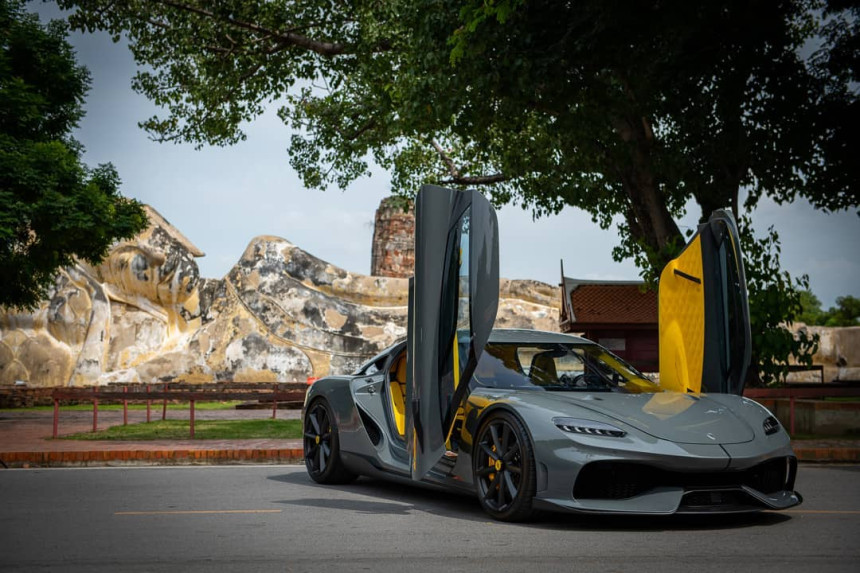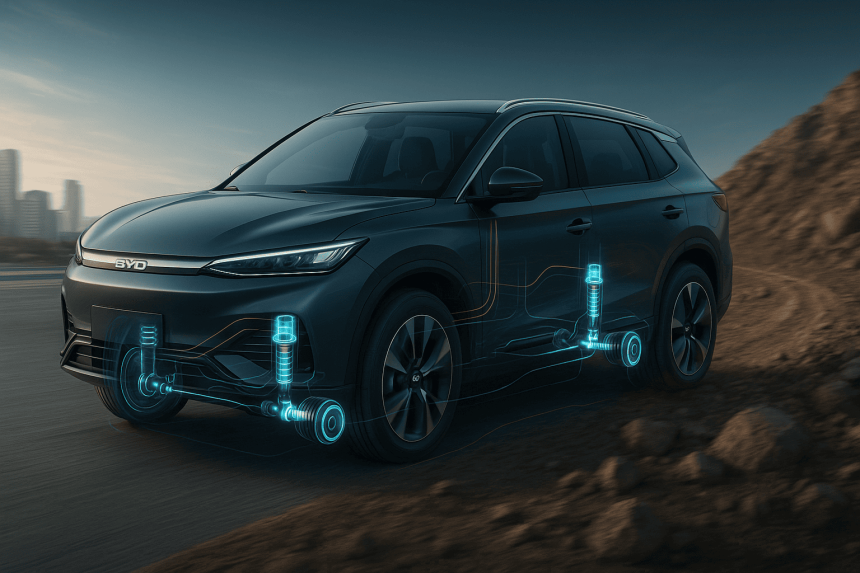
Koenigsegg Gemera: The Car of the Future?
As the automotive world accelerates toward electrification, sustainability, and intelligent design, few names carry the technical authority and visionary consistency of Koenigsegg Automotive AB. Founded in Sweden in 1994 by Christian von Koenigsegg, the company has become synonymous with ultra-high-performance vehicles that consistently push — and often redefine — the boundaries of modern engineering. Enter the Koenigsegg Gemera: a plug-in hybrid “Mega-GT” that challenges conventional classifications and offers a rare fusion of cutting-edge innovation, environmental responsibility, and day-to-day usability. But can it truly be considered the car of the future? Let's explore the facts.
Disclaimer: This Article/Content has been generated or modified using Artificial Intelligence Tools.
A New Era: The World’s First Mega-GT
The Gemera (a name derived from Swedish words meaning “to give more”) introduces a new vehicle category: the Mega-GT. Unlike traditional hypercars that sacrifice practicality for performance, the Gemera seats four full-sized adults and still delivers over 1,700 horsepower — figures more typical of a track-focused machine than a touring vehicle.
Koenigsegg’s goal with the Gemera is not just to amaze, but to transform expectations of what a high-performance, family-capable vehicle can be. In this regard, the company leverages years of in-house R&D, known for producing record-setting models like the Agera RS and Jesko.

Engineering Leadership: Powertrain Innovation
The heart of the Gemera is its revolutionary powertrain, a testament to Koenigsegg’s engineering expertise. Central to this is the Tiny Friendly Giant (TFG) — a 2.0-liter twin-turbocharged three-cylinder engine that produces 600 horsepower. But unlike traditional engines, the TFG features Freevalve technology — a camless system using pneumatic actuators to control the engine's intake and exhaust valves individually. This innovation dramatically increases thermal efficiency and reduces emissions, while maintaining extreme performance.
To complement the TFG, Koenigsegg integrates three electric motors — two on the rear wheels and one on the crankshaft. Together, they produce a combined output of 1,700 hp and 3,500 Nm of torque, enabling a 0–100 km/h acceleration time of 1.9 seconds. This performance rivals the most elite electric supercars on the market, such as the Rimac Nevera and Tesla Model S Plaid.
Design Meets Functionality

Designing for both aesthetics and practicality, the Gemera includes hallmark Koenigsegg elements such as dihedral synchro-helix doors, which open upward for enhanced accessibility. Inside, the cabin breaks new ground: four adult-friendly bucket seats, dual infotainment displays, eight cupholders (four heated, four cooled), and genuine luggage space.
Materials are sustainably sourced, and the vehicle is designed with recyclability in mind. The hybrid system supports a pure electric range of 50 km and can run on renewable alcohol-based fuels like ethanol, methanol, or advanced biofuels, allowing for a combined driving range of over 1,000 km — significantly reducing lifecycle carbon emissions compared to traditional combustion vehicles.
Industry Context and Forward-Looking Perspective
From an industry perspective, the Gemera reflects broader automotive trends: electrification, downsized engines with high efficiency, and a rethinking of interior design for modern lifestyles. But Koenigsegg takes these trends further by integrating them into a hypercar without compromise — a technical feat few manufacturers can claim.
This approach aligns with broader sustainable mobility goals outlined by the International Energy Agency (IEA) and European Union carbon neutrality targets. While most manufacturers are navigating the transition incrementally, Koenigsegg demonstrates what’s possible when engineering ambition is met with execution at the highest level.
Inspiration for Innovators
For aspiring engineers, designers, and entrepreneurs, the Gemera is more than a high-tech vehicle — it's an engineering case study in bold thinking. Koenigsegg remains a private company, with fewer than 400 employees, yet it routinely outpaces larger automakers in innovation. The success of technologies like Freevalve and Direct Drive transmission (used in the Regera) proves that scale does not limit ingenuity.
The Gemera is used by engineering and automotive programs globally as a learning model for integrated systems design, hybrid architecture, and innovation management.
Conclusion: Is It the Car of the Future?
The Koenigsegg Gemera may not be the car of the future for everyone — its limited production and premium price point make it a niche product. However, in terms of technological leadership, sustainability innovation, and redefining what a car can be, it absolutely represents the future direction of the automotive industry.
It challenges the dichotomy between speed and practicality, between luxury and eco-consciousness. In doing so, it becomes more than a car — it becomes a vision of what is achievable when boundaries are removed.
Whether you’re a car enthusiast, an engineering student, or simply someone intrigued by where mobility is headed, the Gemera offers a powerful reminder: the future isn’t just something we wait for — it’s something we engineer.
🚨 Market Se Savdhan: Nifty SmallCap 250 Flashing Danger Signs — Is a...
India’s equity markets have witnessed a significant rally in recent years, with small-cap...


Olectra iX: A Transcendent Experience – The Luxury EV Buses in Goa Tha...
In a remarkable shift towards a more sustainable, luxurious, and people-centric future, Go...

